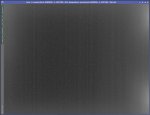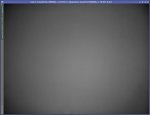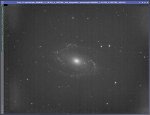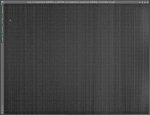Hi all,
I need some help to understand what is going wrong with my Ha stacking. This is the first time I use Bin2 on my 1600mm pro, never had any banding issues in the past . I've included snips of all master files - dark, flat_dark, flat and the stacked Ha image.
Filter is the new 3nm Antlia, exposure time was 300s for the Ha files (76 in total), OTA is a reduced Celestron Edge 8 with 1600mm pro Bin 2, Gain 0.
For stacking I've used the WBPP 2.0 script.
Many thanks
I need some help to understand what is going wrong with my Ha stacking. This is the first time I use Bin2 on my 1600mm pro, never had any banding issues in the past . I've included snips of all master files - dark, flat_dark, flat and the stacked Ha image.
Filter is the new 3nm Antlia, exposure time was 300s for the Ha files (76 in total), OTA is a reduced Celestron Edge 8 with 1600mm pro Bin 2, Gain 0.
For stacking I've used the WBPP 2.0 script.
Many thanks





